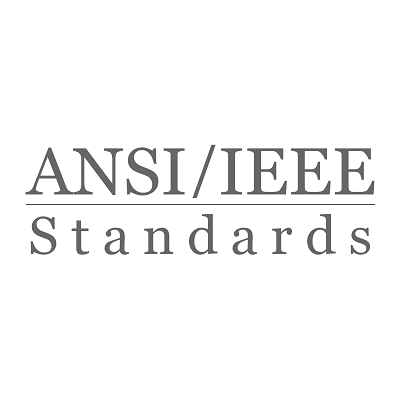
ANSI/IEEE Standards
ANSI - American National Standards Institute As the voice of the U.S. standards and conformity assessment system, the American National Standards Institute (ANSI) empowers its members and constituents to strengthen the U.S. marketplace position in the global economy while helping to assure the safety and health of consumers and the protection of the environment. The Institute oversees the creation, promulgation and use of thousands of norms and guidelines that directly impact businesses in nearly every sector: from acoustical devices to construction equipment, from dairy and livestock production to energy distribution, and many more. ANSI is also actively engaged in accreditation - assessing the competence of organizations determining conformance to standards. More about ANSI
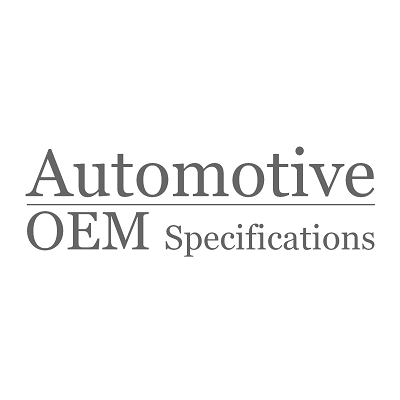
Automotive OEM Specifications
Automotive OEM Specifications - (Original Equipment Manufacturer) The OEM is the original producer of a vehicle's components, meaning that OEM car parts are identical to the parts assembled and installed during the construction of a new vehicle. Aftermarket parts are produced by other vendors and do not necessarily have a consistent level of quality or compatibility with the vehicle. Both OEM and aftermarket companies are actively using technologies such as 3D printing to efficiently create on-demand parts and make their supply chains more flexible. Standards allow different automotive entities to be able to easily exchange and utilize data critical to running all areas of business. Standards provide the OEM with a common web development environment in every workplace that uses the same technologies used by the OEM in their corporate systems. This results in better operation of Information Technology development resources. As the standards are the product of the requirements of all OEMs, they provide knowledge of ideas and processes that other OEMs are utilizing. This provides the basis for collaboration within the automotive industry.

Automotive Standards
Automotive EMC Standards Automotive standards addressing electromagnetic compatibility (EMC) are developed mainly by CISPR, ISO and SAE. CISPR and ISO are organizations that develop and maintain standards for use at the international level. SAE develops and maintains standards mainly for use in North America. In the past, SAE developed many EMC standards which were eventually submitted to CISPR and ISO for consideration as an international standard. As the SAE standards become international standards, the equivalent SAE standard is then withdrawn as a complete standard and reserved for use to document differences from the international standard. More on Automotive EMC Standards
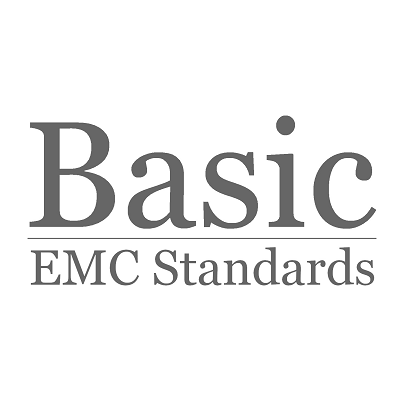
Basic Standards
Basic EMC Standards Basic EMC Standards give the general and fundamental conditions or rules for the assessment of EMC and related performance of all products, systems or installations, and serve as reference documents for Generic and Product Standards. Basic Standards are general and hence are not dedicated to specific product families or products; they relate to general information, to the disturbing phenomena and to the measurement or testing techniques. They do not contain any prescribed limits or any product/system related performance specifications. However methods and guidance on how to generate appropriate limits for the protection of radio reception are given. Two types of basic EMC standards have been identified:
- those for tests and measurements
- those related to other aspects
- Basic concepts (fundamental principles, definitions, terminology) - interference model
- Functional Safety (what a safety function does and approaches of its being performed satisfactorily)
- Measurement uncertainty
- Description of the environment
- Classification of the environment
- Compatibility levels
- Emission limits
- Immunity limits (insofar as they do not fall under the responsibility of product committees)
- Measurement techniques
- Testing techniques
- Installation guidelines
- Mitigation methods and devices
- Generic emission and immunity requirements in various environments
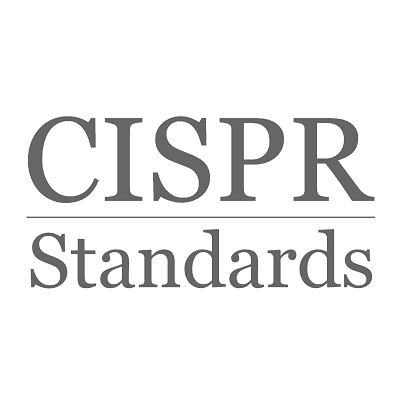
CISPR Standards
CISPR: International Special Committee on Radio Interference As its full name implies, CISPR's principal task is at the higher end of the frequency range, from 9 kHz upwards, preparing standards that offer protection of radio reception from interference sources such as electrical appliances of all types, the electricity supply system, industrial, scientific and electro medical RF, broadcasting receivers (sound and TV) and, increasingly, IT equipment (ITE). CISPR Scope Standardization in the field of electromagnetic compatibility (EMC) including:
- Protection of radio reception in the range 9 kHz to 400 GHz from interference caused by operation of electrical or electronic appliances and systems in the electromagnetic environment.
- Measurement instrumentation, facilities, methods and statistical analysis for the measurement of disturbance.
- Limits for radio disturbances caused by electrical or electronic appliances and systems.
- Requirements for the immunity of electrical appliances, multimedia equipment, information technology equipment and sound and television broadcast receiving installations from interference.
- Liaison with IEC Technical Committees that maintain basic standards that apply the prescriptions of methods of measurement of such immunity. Test levels for such immunity tests will be set by CISPR in relevant product standards.
- The consideration jointly with other IEC and ISO committees of the emission and immunity requirements for devices and products where their standards cover EMC requirements which do not match to the respective requirements in CISPR standards.
- Taking into account the impact of safety issues on disturbance suppression and immunity of electrical equipment
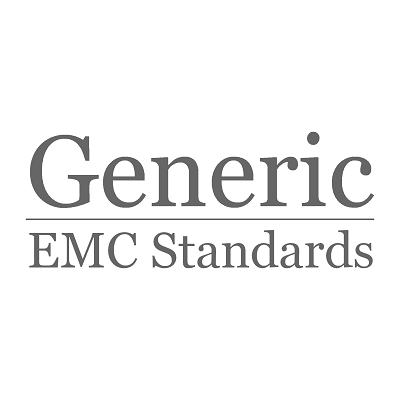
Generic Standards
Generic EMC Standards Generic EMC Standards are Standards related to a particular environment, which specify the set of essential EMC requirements and test procedures, applicable to all the products or systems intended for operation in this environment, provided there do not exist any specific EMC Standards for a particular product family, product, system or installation. Limits are included, and reference is made to the test procedures. EN 61000-6 (Part 6-7) EN 61000 Electromagnetic Compatibility (EMC) - Part 6-7: Immunity Requirements for Equipment Intended To Perform Functions in a Safety-Related System (Functional Safety) In Industrial Locations IEC 61000-6-7:2014 is intended to be used by suppliers when making claims for the immunity of equipment intended for use in safety-related systems against electromagnetic disturbances. This standard should also be used by designers, integrators, installers, and assessors of safety-related systems to assess the claims made by suppliers. It provides guidance to product committees. This part of IEC 61000 applies to electrical and electronic equipment intended for use in safety-related systems and that is: - intended to comply with the requirements of IEC 61508 and/or other sector-specific functional safety standards; - and intended to be operated in industrial locations as described in 3.1.15. The object of this standard is to define immunity test requirements for equipment in relation to continuous and transient conducted and radiated disturbances, including electrostatic discharge. These requirements apply only to functions intended for use in functional safety applications. Test requirements are specified for each port considered. More about Generic EMC Standards

International Standards
ISO - International Organization for Standardization ISO is an independent, non-governmental international organization with a membership of 163 national standards bodies. Through its members, it brings together experts to share knowledge and develop voluntary, consensus-based, market relevant International Standards that support innovation and provide solutions to global challenges. ISO creates documents that provide requirements, specifications, guidelines or characteristics that can be used consistently to ensure that materials, products, processes and services are fit for their purpose. ISO has published 21674  International Standards and related documents, covering almost every industry, from technology, to food safety, to agriculture and healthcare. ISO International Standards impact everyone, everywhere. More about ISO - International Organization for Standardization
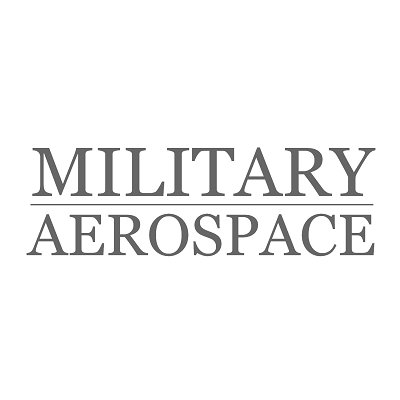
MIL-STD
MIL-STD United States Military and Aerospace Standards In the United States, military contractors, commercial entities, educational institutions, etc., often purchase products to the requirements set forth by the United States Military Test Specifications. These standards are often referred to using acronyms such as, MIL-STD Military Standard, MIL-SPEC Military Specifications, or (informally) MilSpecs Military Specifications. They represent a set of very well thought out test specifications and procedures that are designed to achieve the high-quality and high-reliability objectives of the U.S. Department of Defense. Testing to these standards ensures interoperability between products; consistency in electrical, mechanical, and thermal specifications; total cost of ownership; compatibility with logistics systems; and similar defense and commercial related objectives. Although the official definitions differentiate between several types of documents, all of these documents go by the general rubric of military standard, including defense specifications, handbooks, and standards. Strictly speaking, these documents serve different purposes. According to the Government Accountability Office (GAO), military specifications describe the physical and/or operational characteristics of a product, while military standards detail the processes and materials to be used to make the product. Military handbooks, on the other hand, are primarily sources of compiled information and/or guidance. The GAO acknowledges, however, that the terms are often used interchangeably. More about MIL-STD

Product Standards
EMC Product Standards EMC Product Standards look at both emissions and immunity in the light of every kind of disturbance relevant to the product in its given environment. EMC Product Standards define specific EM requirements, test procedures and limits dedicated to particular products, systems or installations for which specific conditions must be considered. Just like most products, virtually all electrotechnical equipment must be tested. More often than not, whether for safety, functional, importability or other reasons, electrotechnical products in particular must also be assessed and certified as conforming to certain Standards. More about EMC Product Standards
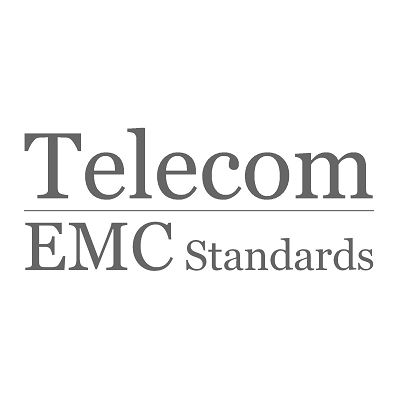
Telecom Standards
ITU-T International Telecommunications Union The Study Groups of ITU’s Telecommunication Standardization Sector (ITU-T) assemble experts from around the world to develop international standards known as ITU-T Recommendations which act as defining elements in the global infrastructure of information and communication technologies (ICTs). Standards are critical to the interoperability of ICTs and whether we exchange voice, video or data messages, standards enable global communications by ensuring that countries’ ICT networks and devices are speaking the same language. More about ITU-T Telcordia Technologies Telcordia Technologies, Inc., doing business as iconectiv, is an American subsidiary of the Swedish telecommunications company Ericsson. The company provides interconnection technology and clearinghouse solutions for numbering plan, routing, call billing, and technical standards coordination between competing telecommunications carriers. Telcordia's headquarters are located in Piscataway, New Jersey (U.S.). The company maintains several branches and subsidiaries in the Americas, Europe, and Asia. Telcordia was formerly known as Bell Communications Research, Inc. or Bellcore. It was the telecommunication research and development company created as part of the break-up of the American Telephone and Telegraph Company (AT&T). More about Telcordia TIA Telecommunications Industry Association The Telecommunications Industry Association (TIA) is the leading trade association representing the global information and communications technology (ICT) industry through standards development, policy initiatives, business opportunities, market intelligence and networking events. With support from hundreds of members, TIA enhances the business environment for companies involved in telecom, broadband, mobile wireless, information technology, networks, cable, satellite, unified communications, emergency communications and the greening of technology. TIA is accredited by ANSI. More about TIA
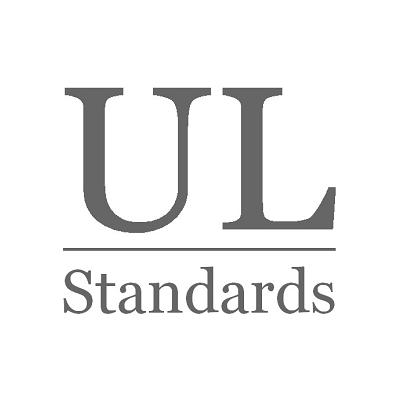
UL Standards
UL - Underwriters Laboratories UL Standards are used to assess products; test components, materials, systems and performance; and evaluate environmentally sustainable products, renewable energies, food and water products, recycling systems and other innovative technologies. UL Standards encompass UL's extensive safety research and scientific expertise, UL helps companies demonstrate safety, confirm compliance, enhance sustainability, manage transparency, deliver quality and performance, strengthen security, protect brand reputation, build workplace excellence, and advance societal wellbeing. UL services include: inspection, advisory services, education and training, testing, auditing and analytics, certification software solutions, and marketing claim verification. UL Standards represent scientific methodology and testing expertise. UL Standards enables consumers, businesses, and regulators to feel confident about the products and services they purchase. UL is a trusted partner of businesses, manufacturers, trade associations, international policy makers and regulatory authorities to help manage the safety, security and sustainability risks and complexities of today’s business environment. More about UL



